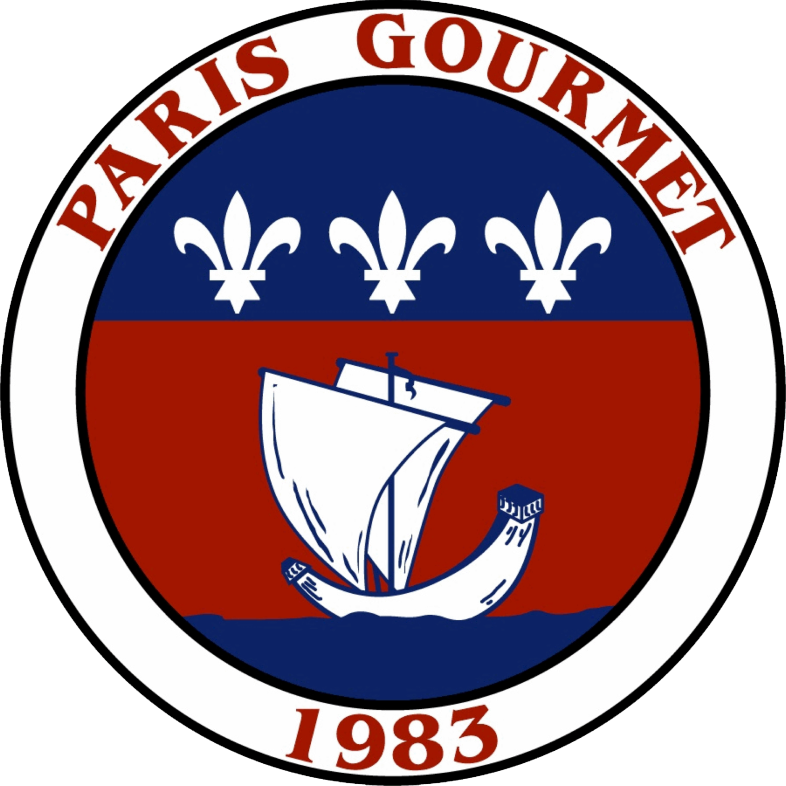Articles
Sort By:
Alphabetical (A -> Z)
By
Bruce Banner
From left to right, Chef Calogero Romano, Chef Frederic Larre, Corporate Chef Eric Bertoia, and Chef Pascal Condomine.
By
Bruce Banner
Last week, Chef Eric Bertoia shows you the tips and tricks to make a beautiful tasty croissant!
By
Bruce Banner
Someone once said "Flowers mean I'm sorry and chocolates mean I love you". With that being said and Valentine's Day coming up, what better way to show "I love you" with some chocolate!
By
Bea Davis
Chef Bertoia uses Cacao Noel to riff on a classic Think Chocolate! with Pastry Chef Eric Bertoia Paris Gourmet - Cacao Noel Date: Tuesday, June 9, 2020 Time: 5:30 - 6:30 PM EST Chef Bertoia invites you to join ...
By
Bea Davis
Eric Bertoia shares his secrets for a great plate.
By
Bea Davis
A few things that the PG team is reading (and watching, and listening to) to stay occupied Heritage Radio Network - The ultimate destination for savvy, entertaining, conversations about what’s going on in the c...
By
John Duffy
I asked Jean Francois Devineau, chef technician for Ravifruit, for his best suggestions to create great ice cream cakes. In the U.S., ice cream cakes have tremendous popularity in the mass market. We have all e...
